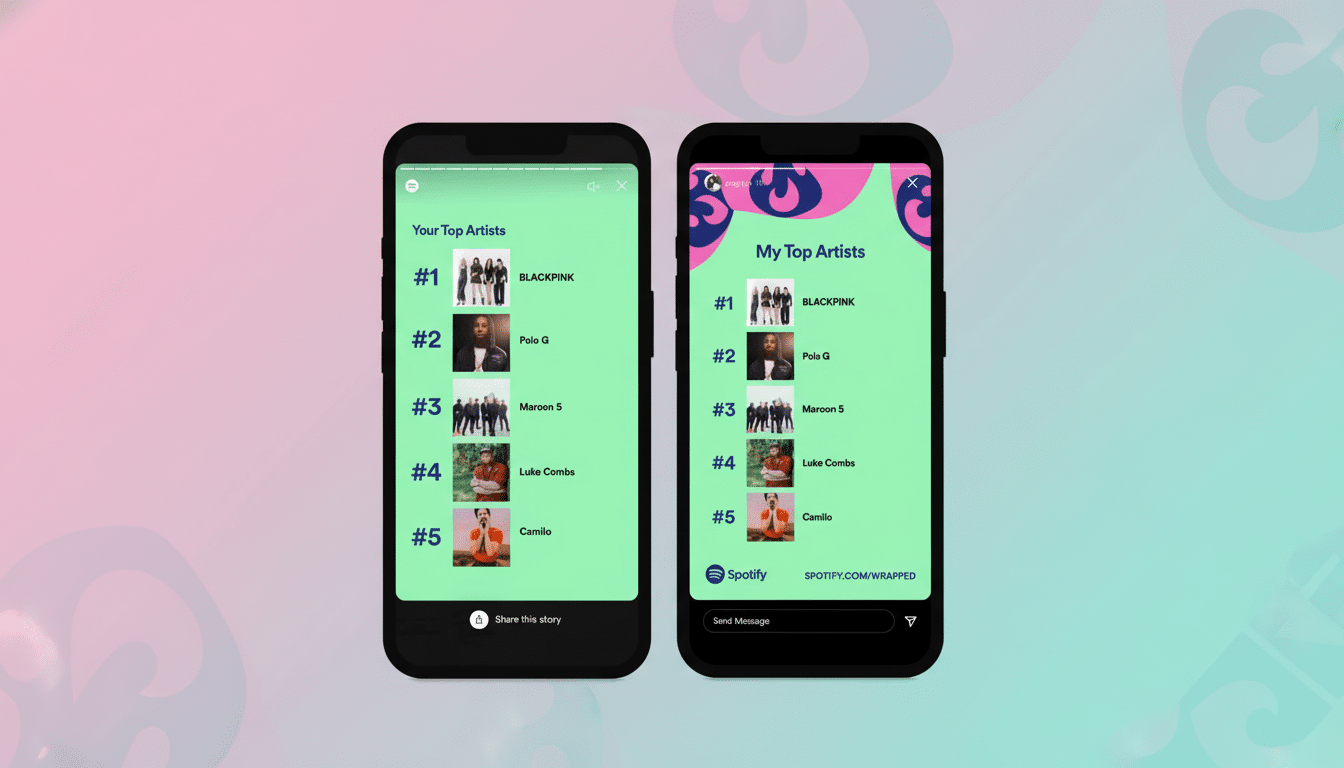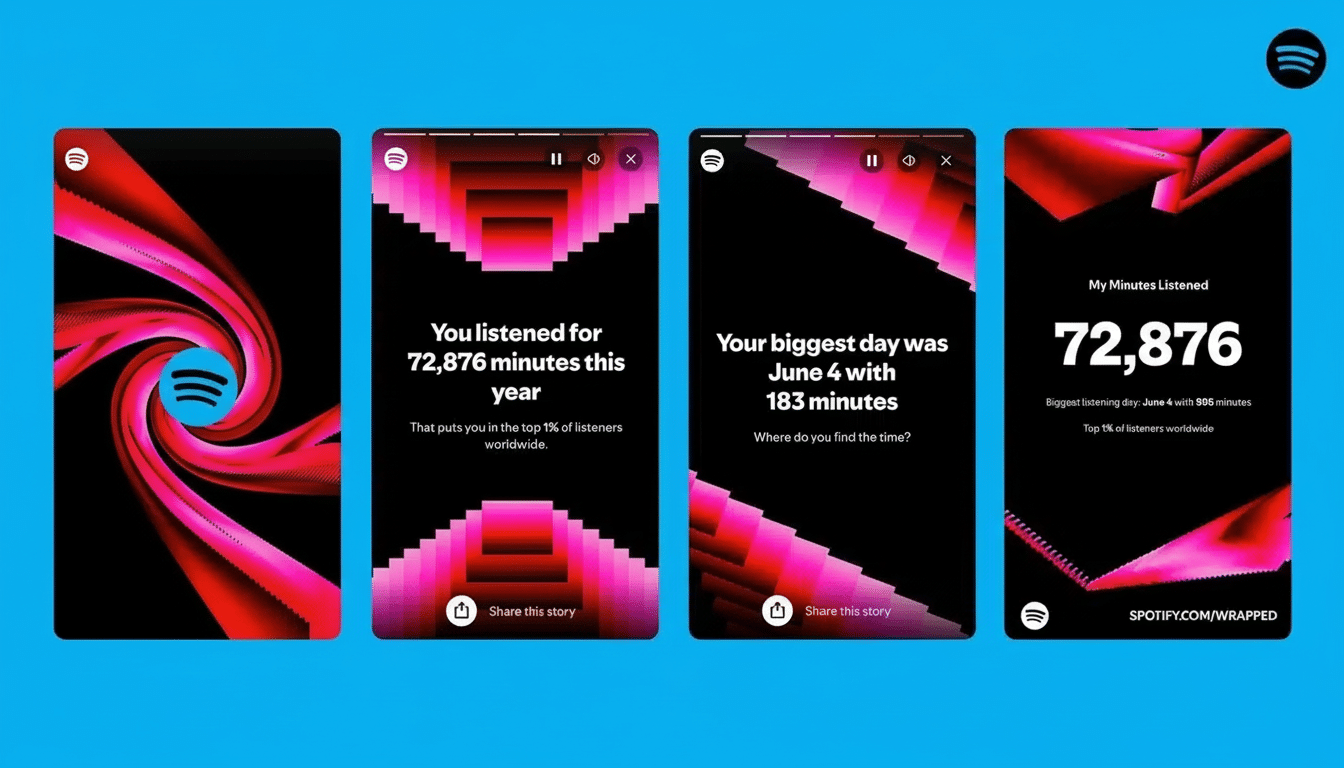Spotify is expanding its parent-managed accounts for children, bringing the feature to additional markets, including the United States. Made for families under the Premium Family plan, the expansion provides parents with more nuanced control over what their kids under 13 can discover and listen to — without transplanting adult recommendations or Wrapped summaries.
What Parents Can and Cannot Do With Managed Accounts
The managed account is placed next to a parent’s primary profile but operates autonomously. Children can create playlists, favorite songs and get suggestions for age-appropriate songs. Importantly, their actions don’t become inputs for parents’ algorithms, so bedtime lullabies won’t adjust what the grown-up account plays as kids’ music.

Controls let parents limit content broadly and also dial in specificity — to block specific songs or artists. Video features such as Canvas loops can be turned off and music videos will not play back. Age-gated social features, like messaging-style engagement, are still blocked by default for children’s accounts.
The feature is aimed at resolving a familiar issue in households with shared smart speakers or connected displays. As Edison Research previously pointed out in The Infinite Dial, a third of American homes now have a smart speaker — and they are typically set up such that adult tastes commingle with kids’ requests. Managed accounts dial down that overlap, though the discovery element of music remains intact for younger listeners.
Where This Spotify Family Feature Is Available Now
The rollout now spans from the U.S., U.K., Canada, and Australia to Germany, France, and the Netherlands following earlier launches in New Zealand, Sweden, Denmark, Spain, Italy, Portugal, Brazil, Russia, Mexico, Argentina, and Colombia. The catch: You have to be on the Premium Family plan, which supports several profiles under one billing account.
This is in addition to, not instead of, the other Spotify Kids app. Though the kids app relies on a tightly curated catalog and a walled-garden approach, managed accounts offer parents a way to tailor access within Spotify’s main experience for young people who are ready for more freedom, but still require guardrails.
Why This Matters For Families And Regulators
Families have been calling for controls that do more than just clumsily flipping a switch from explicit to clean content. Managed accounts answer with features based on how kids really use music — favoriting artists, replaying songs and exploring recommendations — that don’t otherwise expose them to adult content or platform functions not suitable for minors.

The move also follows a sustained regulatory push to strengthen protections for minors on the internet. In the United States, for under-13 users, the Federal Trade Commission enforces the Children’s Online Privacy Protection Act. In the U.K., the Information Commissioner’s Office published its Age-Appropriate Design Code, and in the European Union, the Digital Services Act raises expectations for how companies safeguard against risks posed to young users. The addition of more parent-managed accounts provides Spotify with a better compliance story across those markets.
Advocacy groups have urged practical, parent-facing tips instead of one-size-fits-all restrictions. Common Sense Media’s new census signals an increase in media use among tweens and teens since 2019; families simply need configurable options that accommodate a child’s maturity level and household norms. This feature’s per-artist and per-song blockers, along with those for video and interactivity, where necessary, are another piece of making that balance happen.
How to Set Up a Managed Spotify Account for Kids
Premium Family plan managers can create a managed account at their account settings by clicking “Add a Member” and selecting the “listener under 13” option. From there, parents can set content filters, choose whether video features are available for songs and specify artists or tracks to block.
With that set up, the child needs to sign in on their account via the regular Spotify app. The playlists, likes and recommendations generated by your kids are kept separate from those on the parent’s account, so you can share devices with them without algorithm collisions.
How It Compares With the Streaming Competition
Music services have gone in various directions with family controls. Apple Music has content restrictions through Screen Time and purchase approvals, and YouTube Music relies on YouTube’s supervised experiences for young listeners. Spotify’s two-pronged approach — an all-ages kids app and a series of controlled accounts within its main service — provides parents with a laddered path from curated content to monitored freedom.
For Spotify, there are clear business reasons to want families to enter its ecosystem and never leave — fewer account splits, better retention on family tiers and more pristine personalization (though it’s likely that the sex scenes in adult profile playlists issue is not going away with adults-only mode). The benefit to parents is simpler: an experience that grows with kids and provides a complete music library as they mature, all while ensuring the recommendations — and Wrappeds — of adults will remain only theirs.

